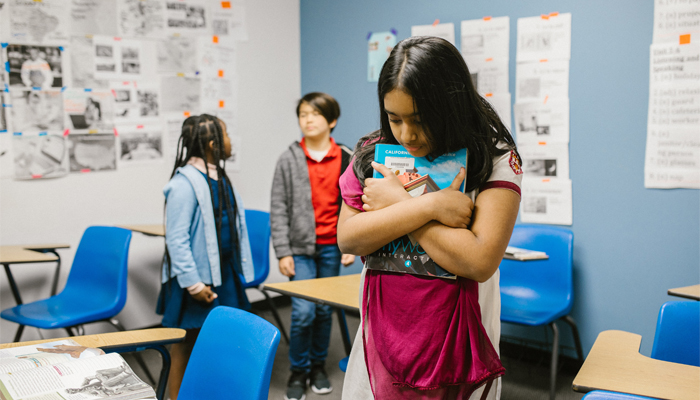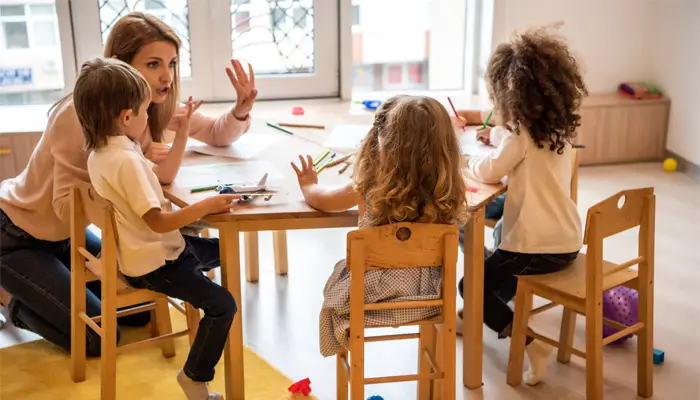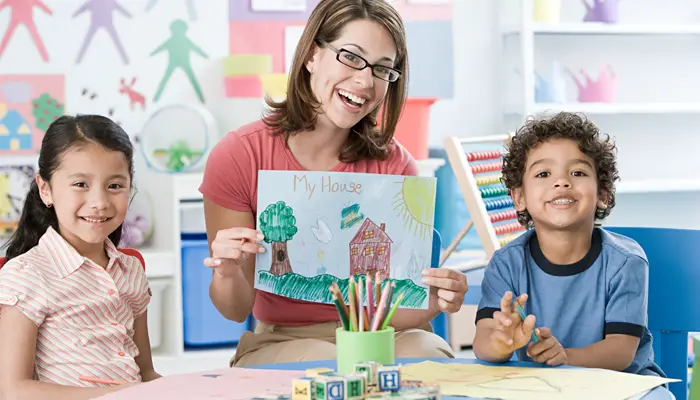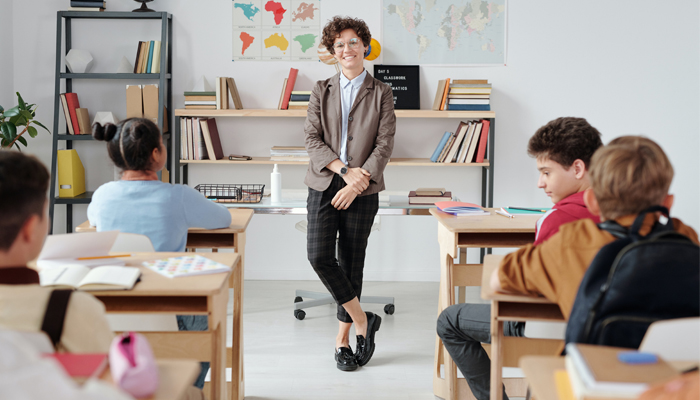In this article, we’ll explain what safeguarding in schools is, the importance of safeguarding in schools, provide you with some examples of safeguarding in schools, and give a brief overview of who is responsible for safeguarding in schools.
What is Safeguarding in Schools?
Safeguarding in schools is the process of protecting children from harm and abuse, and responding quickly and appropriately to any concerns that arise. It involves having policies, procedures and systems in place to ensure the safety of school environments for students and staff.
Safeguarding in schools includes the prevention, identification and reporting of child abuse, neglect or exploitation. Schools should ensure that they are familiar with their legal obligations to report any concerns about children’s welfare to the relevant authorities.
It is also important for staff to receive training in safeguarding and for a designated safeguarding lead to be appointed within the school.
Safeguarding in schools also involves taking steps to protect staff from false allegations or complaints, as well as ensuring that any concerns about students’ safety are taken seriously and acted upon appropriately.
Schools should also have policies in place to ensure staff are not put in compromising positions when dealing with students, for example making sure a minimum of two adults supervise any one-to-one situations with young people.
The Importance of Safeguarding in Schools

Safeguarding children is a key priority for schools as it is their responsibility to ensure that students are safe and protected from harm.
Schools must be proactive in identifying any possible risks that may affect children’s safety, and take steps to address them quickly and appropriately.
By having robust safeguarding policies and procedures in place, schools can help protect both staff and students from abuse, neglect or exploitation.
Safeguarding in schools is a vital part of creating a safe and supportive learning environment for children, and should be taken seriously by all members of the school community.
Everyone involved in education must understand their role in safeguarding children and follow the necessary guidance, policies, procedures and legislation.
See Also: Safeguarding in Schools Interview Questions and Answers
Examples of Safeguarding in Schools
- Undertaking regular child protection and safeguarding training for all staff.
- Implementing the Government’s Prevent strategy to help protect young people from radicalisation and extremism.
- Carrying out Disclosure and Barring Service (DBS) checks on any adults that may have unsupervised access to children.
- Developing policies and procedures for handling allegations against staff.
- Ensuring all members of staff have the necessary qualifications to deliver their role.
- Establishing safe recruitment practices to ensure only suitable people are employed in posts working with children.
- Having a named Designated Safeguarding Lead (DSL) who is responsible for safeguarding in the school.
- Establishing systems to ensure that any concerns about students’ safety are reported, recorded and acted upon appropriately.
- Setting up a safeguarding committee or working group to review policies and procedures and discuss any issues or changes needed.
- Making sure all staff know what to do if they have a concern about a child’s welfare.
- Having a clear and understandable complaints procedure for anyone who wishes to make a complaint about the school’s safeguarding measures or procedures.
- Communicating effectively with parents and carers, ensuring that they are aware of the school’s safeguarding policies.
- Working in partnership with external agencies to ensure that any concerns are addressed most effectively.
- Ensuring that all staff understand the school’s safeguarding expectations and are aware of how to report any issues or concerns.
Who is Responsible for Safeguarding in Schools?
All school staff have a responsibility to help safeguard and promote the welfare of children. The Designated Safeguarding Lead (DSL) will have overall responsibility for this and is supported by the whole school staff in implementing policies and procedures.
The DSL is usually the headteacher or a senior member of staff who has had additional training on safeguarding. It is their responsibility to ensure that staff are aware of their safeguarding responsibilities and have the necessary skills and training needed to deal with issues that may arise.
The DSL should work closely with other agencies such as social services and police, and be able to advise other staff members on how to respond to situations which may require further action.
It is also very important for schools to have a clear strategy in place for responding to any safeguarding concerns. This should include reporting procedures, follow-up action and support for anyone affected by the incident.
See Also: Safeguarding Scenarios and Answers
Wrapping up
In summary, safeguarding in schools is a key responsibility of schools and requires appropriate policies, procedures and systems to ensure the safety of all students at school.
Safeguarding should be an ongoing priority for schools, with regular reviews of processes and staff training being undertaken to ensure that any potential risks are identified and managed effectively.
The GOV.uk website provides further guidance on Safeguarding in Schools which can be found here: https://www.gov.uk/topic/schools-colleges-childrens-services/safeguarding-children







Thanks for sharing excellent informations. Your web site is very cool. I’m impressed by the details that you have on this web site. It reveals how nicely you understand this subject. Bookmarked this web page, will come back for more articles. You, my friend, ROCK! I found just the information I already searched everywhere and simply couldn’t come across. What a perfect site.